(Please click here to read to fully appreciate the photos in this post!)
Turtles are migrating. I found this baby snapping turtle recently. A week ago Annie and I stopped to save a turtle crossing a highway, and I saw another one south of Attica on the highway edge who made it to safety. My friend Megan told me that she was also able to save a turtle crossing the road in the last couple of weeks. Please be careful, but if you can do it safely, why not help them? Here are some recommendations as to how to help turtles get safely across highways.
According to Google AI, turtles play a significant role in world mythology:
Turtles are a significant symbol in many mythologies and religions, particularly in Asia and North America, and are often associated with creation myths. They can symbolize wisdom, longevity, tranquility, and steadfastness. In many creation myths, the turtle is a sacred symbol of Mother Earth.
One day I found two snails eating a mushroom. The next day, these three were chowing down!
Mayapple, also known as American mandrake, wild mandrake, or ground lemon, has many mythological associations. Here are some examples:
Native American uses
Native Americans used the dried root's resin as an insecticide and anti-parasitic, and as a topical ointment for skin diseases and warts. They also used the powdered root in protective magic, and the root in spells to hide things like books and diaries.
Faerie folklore
Faeries use the mayapple as an umbrella when it rains.
Legend
According to legend, the mayapple screams when pulled from the ground, and the scream causes anyone who hears it to go insane.
I assure you I won’t be pulling mayapples from the ground. The scene from Harry Potter convinced me that would be a mistake!
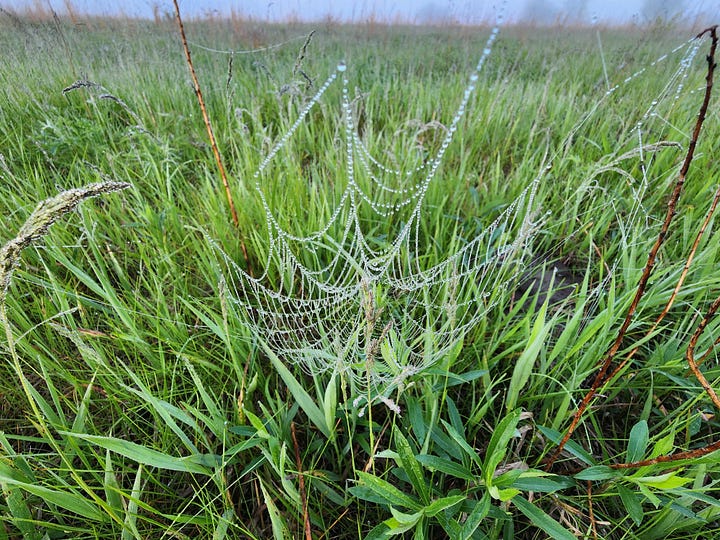

One day spiderwebs were everywhere, and the next day they were gone! I presume these are two different species.
Violet the Dog and this squirrel faced off. Much to my surprise, the squirrel ran straight at Violet, then decided it wasn’t a good idea. Violet the Dog was surprised, and when the squirrel turned tail, Violet pursued it into the grass, acting braver than she felt.
As I told you last post, our daughter Johanna and son Asa were back for a visit. One day Asa and I found ourselves without any obligations, and we not only were able to take our walk to Cedar Bluffs, but we also stopped by Marion County Park to see the beaver dam!
We also went and checked out the pelicans below the Red Rock Dam. Am I the luckiest guy in the world or what?
If you enjoy Cedar Creek Nature Notes, I encourage you to subscribe to my friend Larry Stone’s “Listening to the Land.” It’s fantastic. Larry has forgotten more than I will ever know about our outdoor world.
For another glimpse of the wonders of the Iowa outdoors, Diane Porter’s My Gaia is another Substack I enjoy. It’s full of observations on nature and is ripe with wisdom.
And don’t miss Al Batt’s Substack at Al’s Substack. Al Batt of Hartland, Minnesota is a writer, speaker, storyteller, and humorist. Al writes humor and nature columns for many newspapers and does regular radio shows about nature. He writes several popular cartoon strips that are syndicated nationally and is the author of the book, "A Life Gone to the Birds." He is a columnist for "Bird Watcher’s Digest" and “Watching Backyard Birds,” and writes for several magazines and books.
I’m a member of the Iowa Writers Collaborative. Please sample the talents of my fellow collaborative members. If you can afford to be a paid subscriber, that would be great. If not, the vast majority of content is free. And here is a link to the Iowa Podcasters’ Collaborative, should you be interested. Check out my Substack Deep Midwest: Politics and Culture if you aren’t already a subscriber.
This column will always be free, but if you can’t afford a subscription and would like to “buy me” a cup of coffee or lunch, my Venmo account is @Robert-Leonard-238. Thanks!


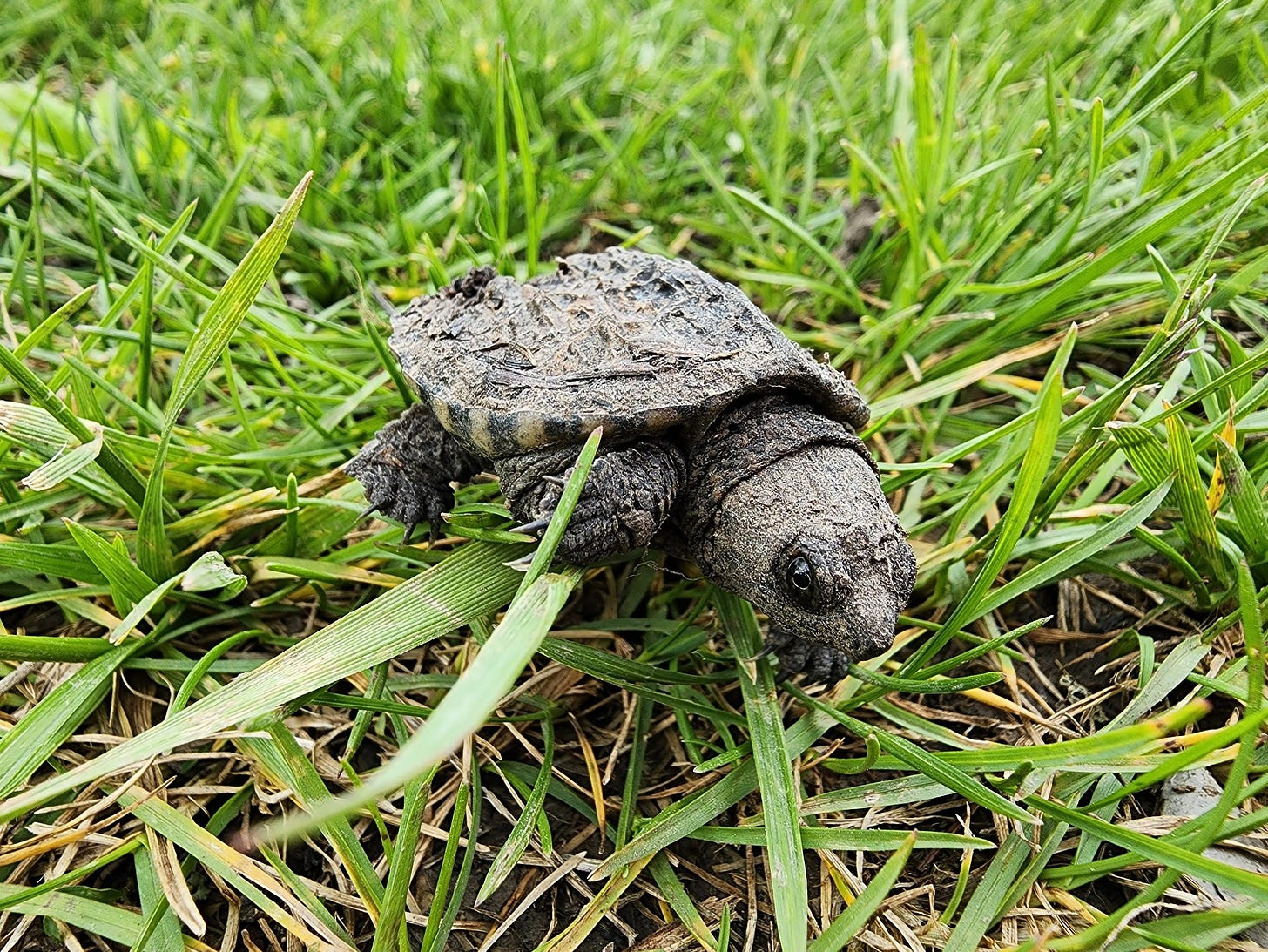
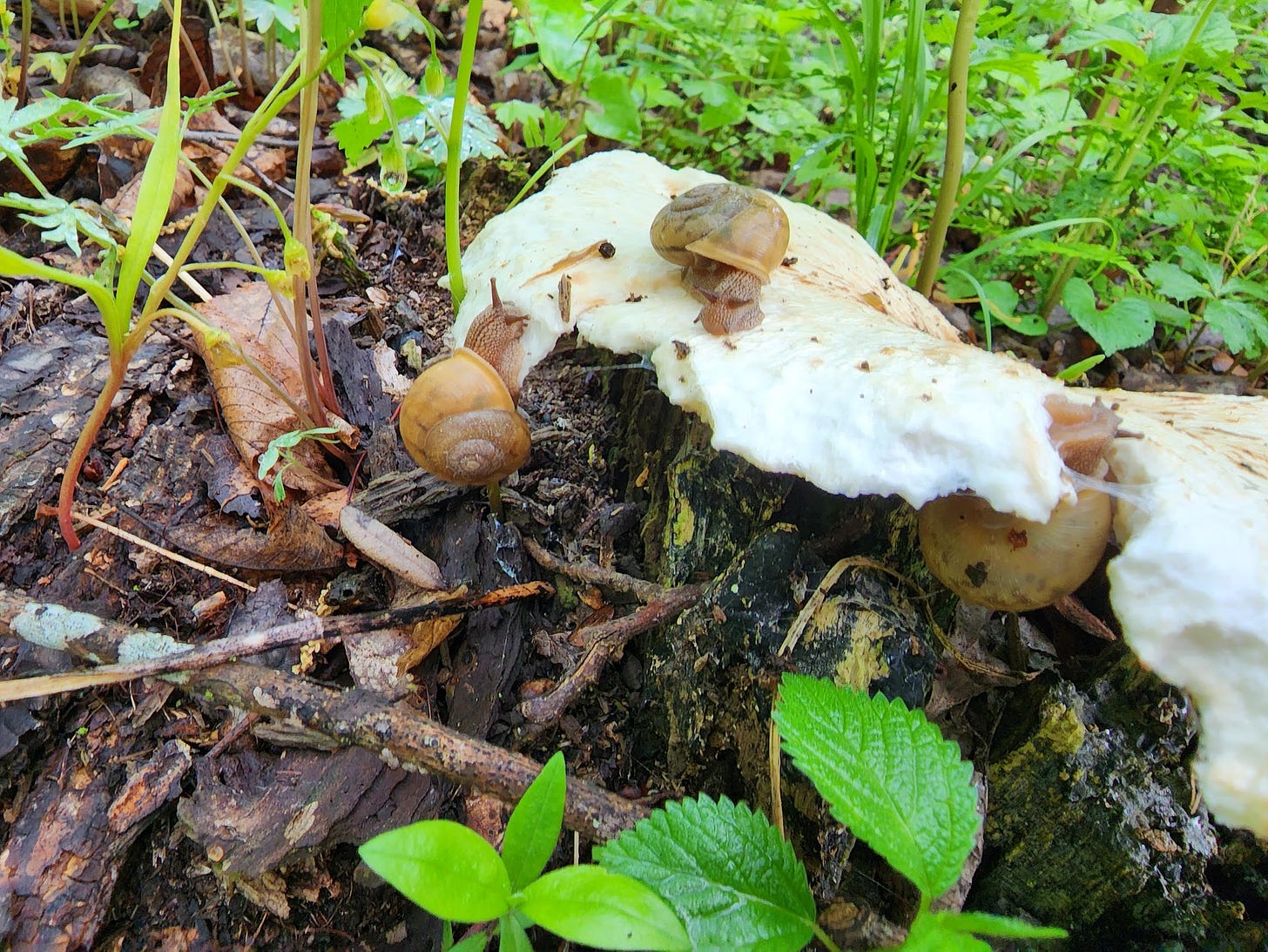
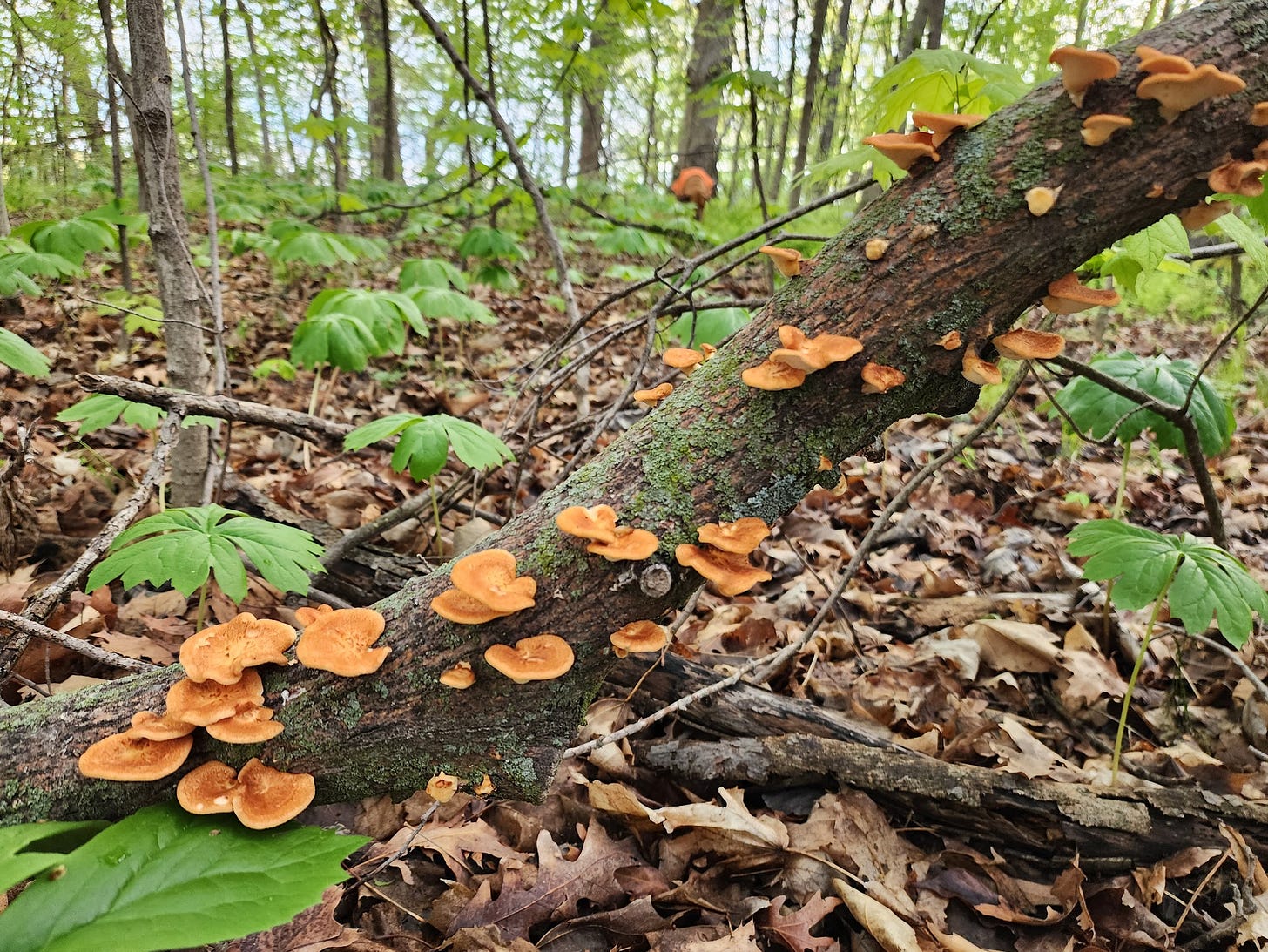
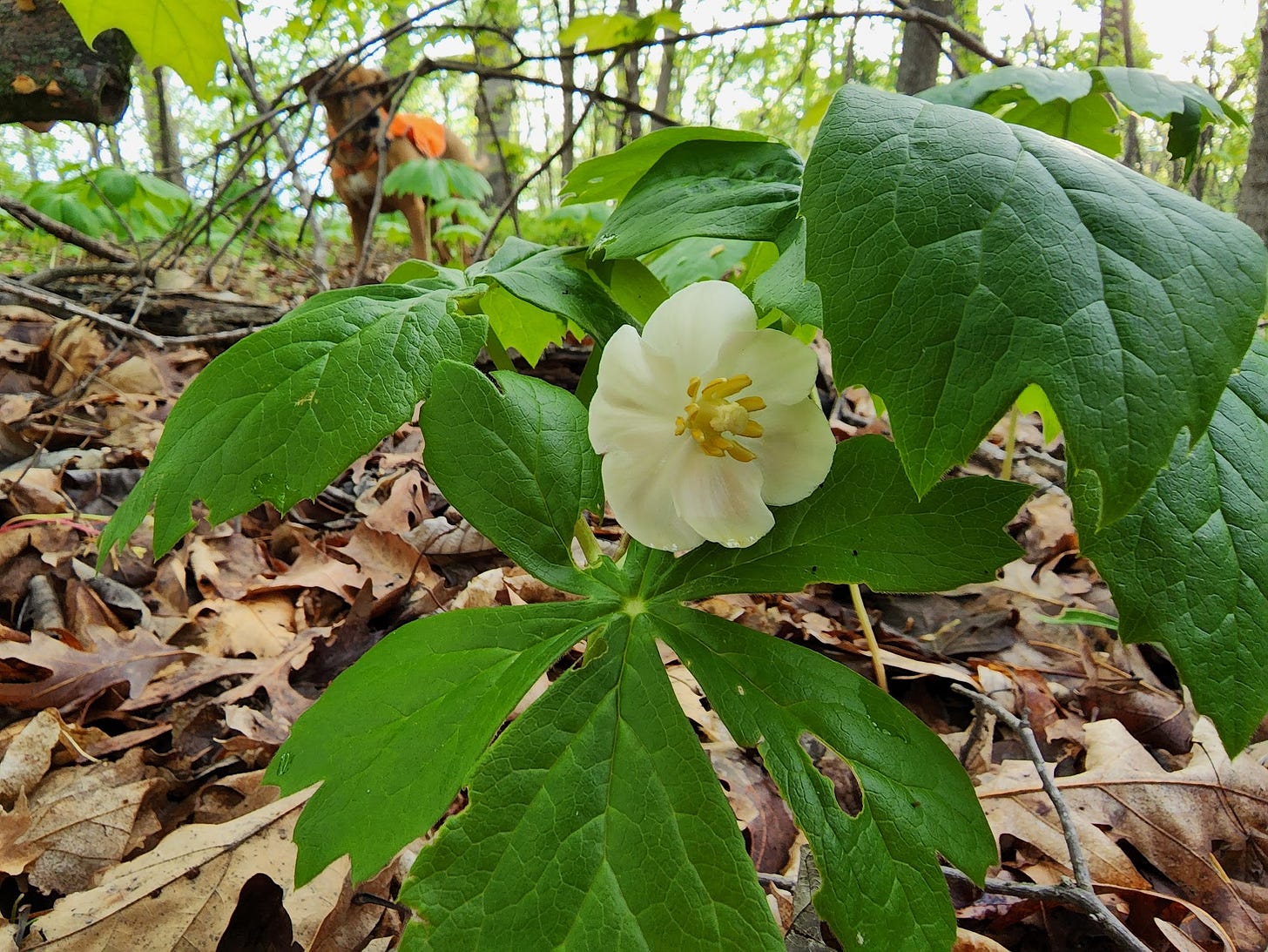
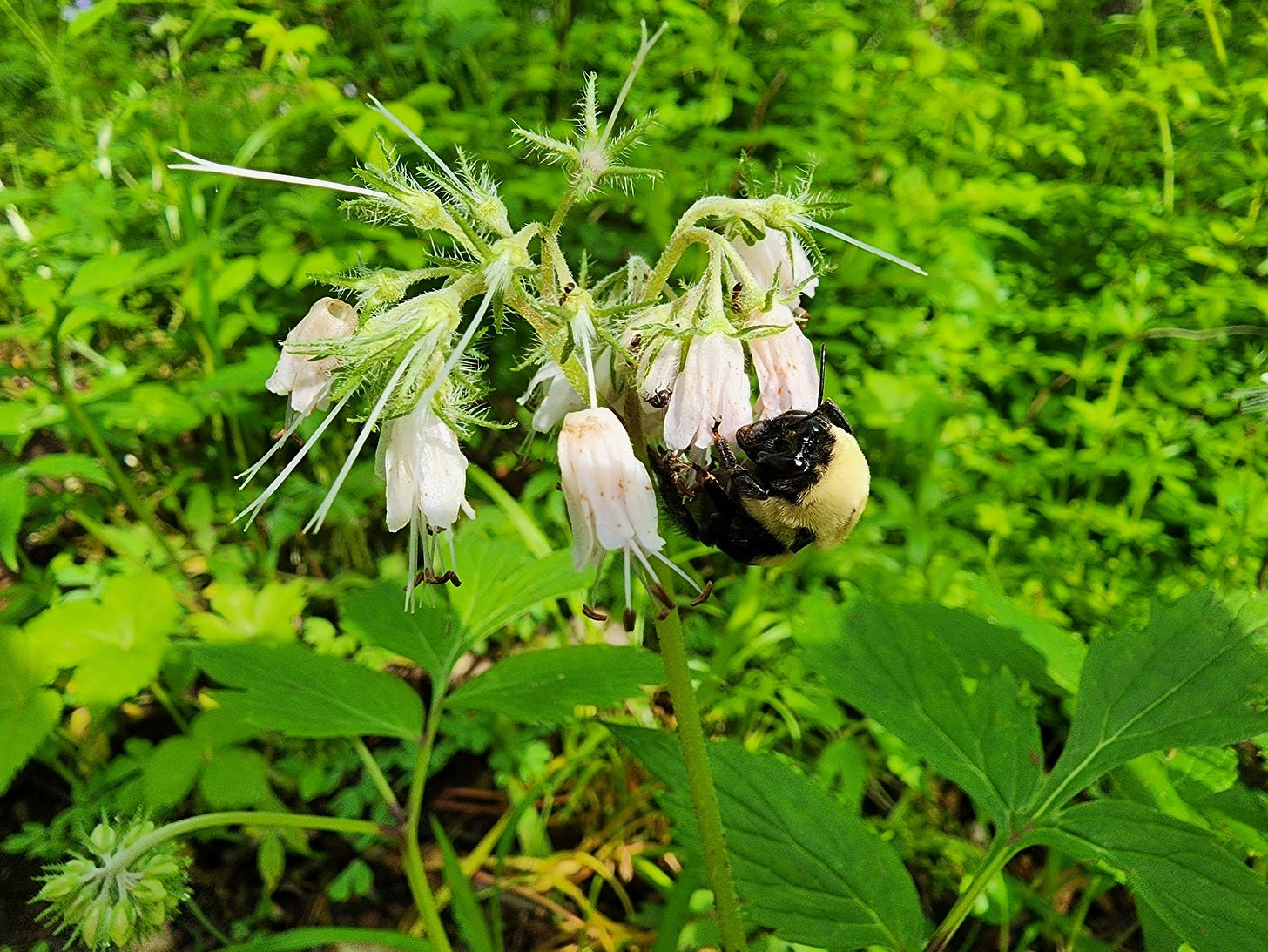
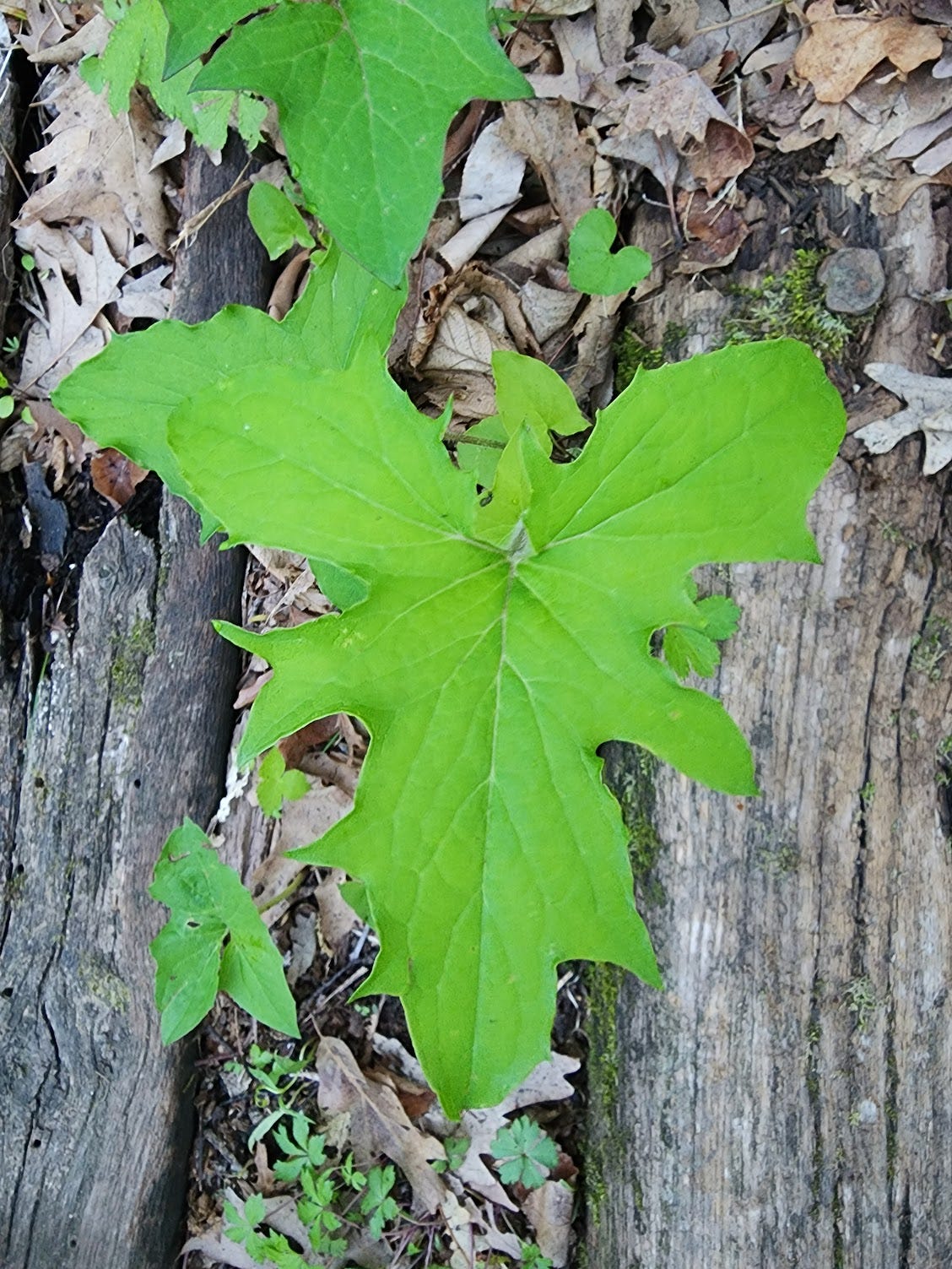
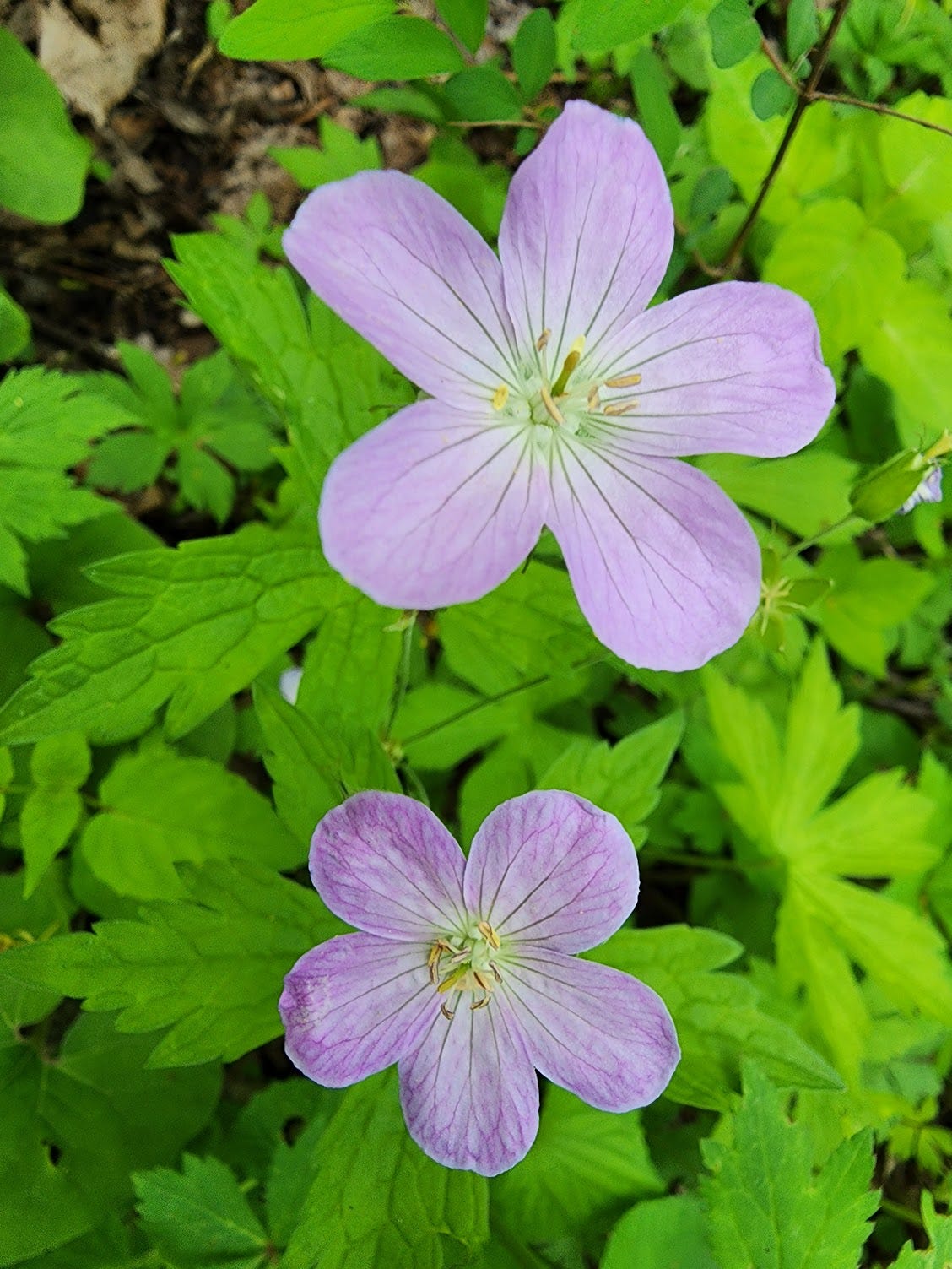

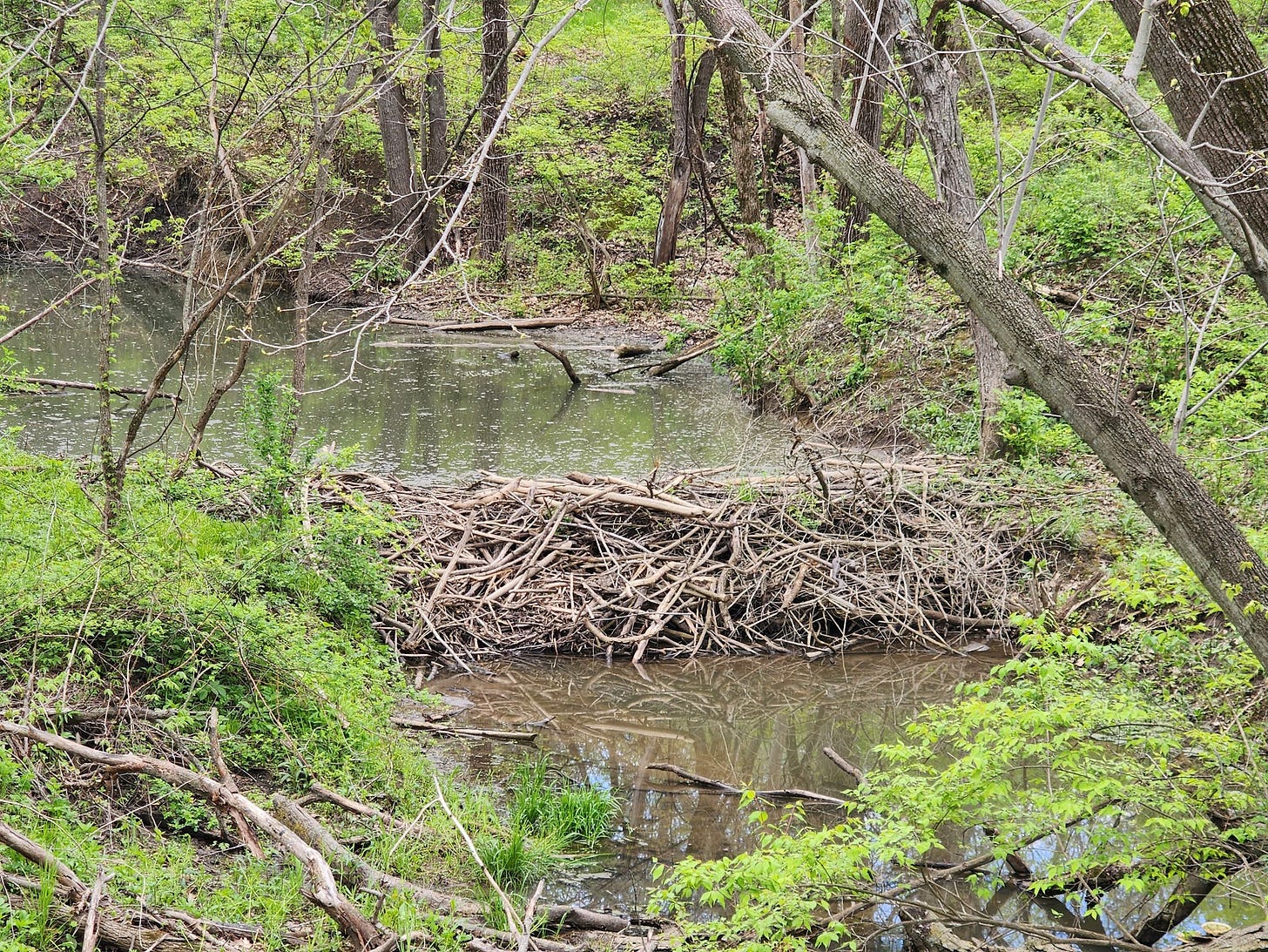

I love the way you capture all that you see when it comes to people, places, and things that the rest of us too often miss because it is “white noise”. Thank you, Bob.
"Turtles should be grasped gently along the shell edge and near the mid-point of the body.", quoth your "Here" link. If it's a snapper you're courting disaster--their neck can reach around to at least 50% the length of the shell*. Use two hands on the back third of the shell.
*based on review of literature and near personal disaster.